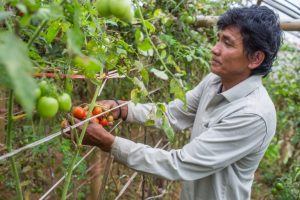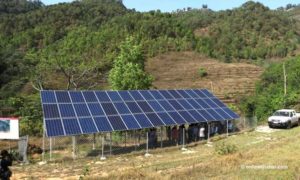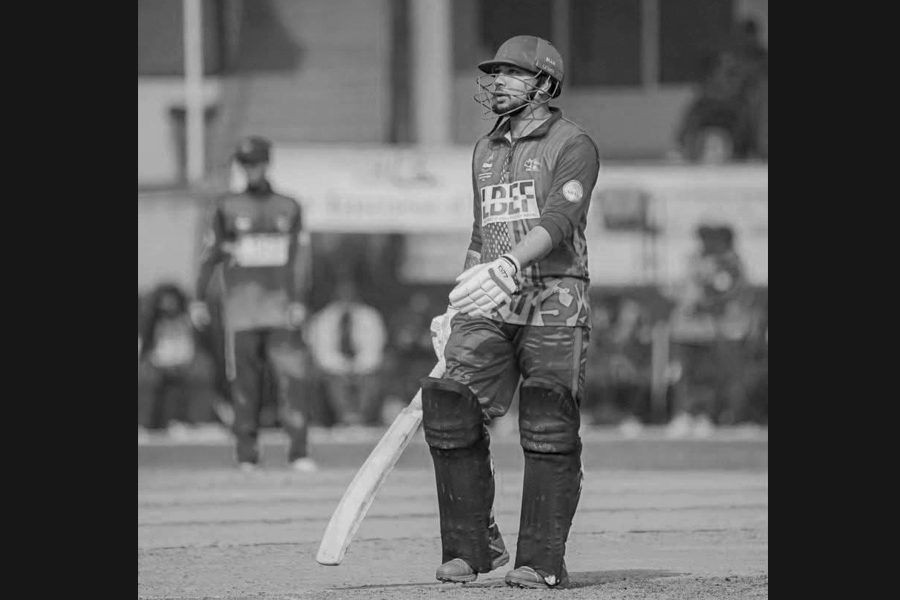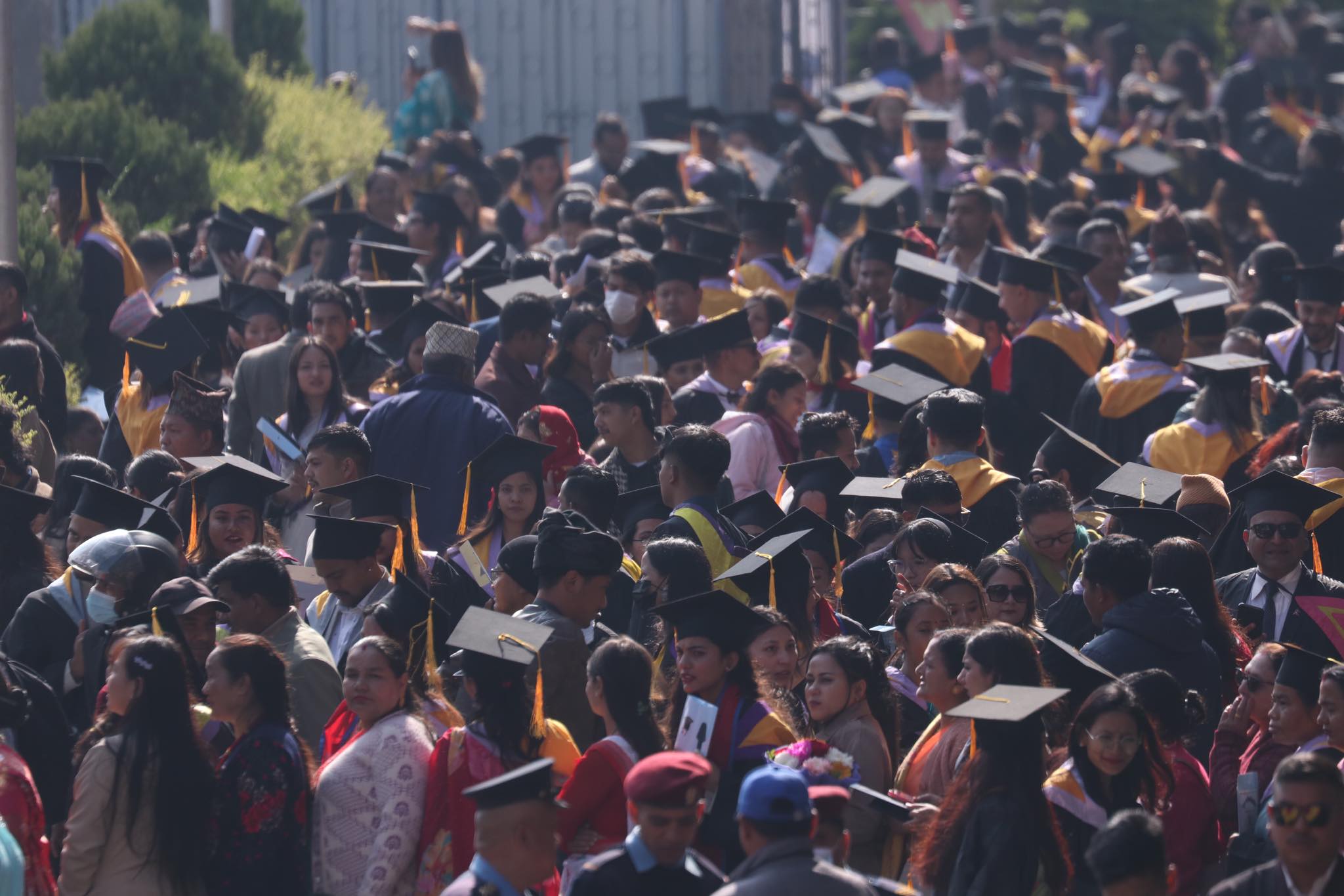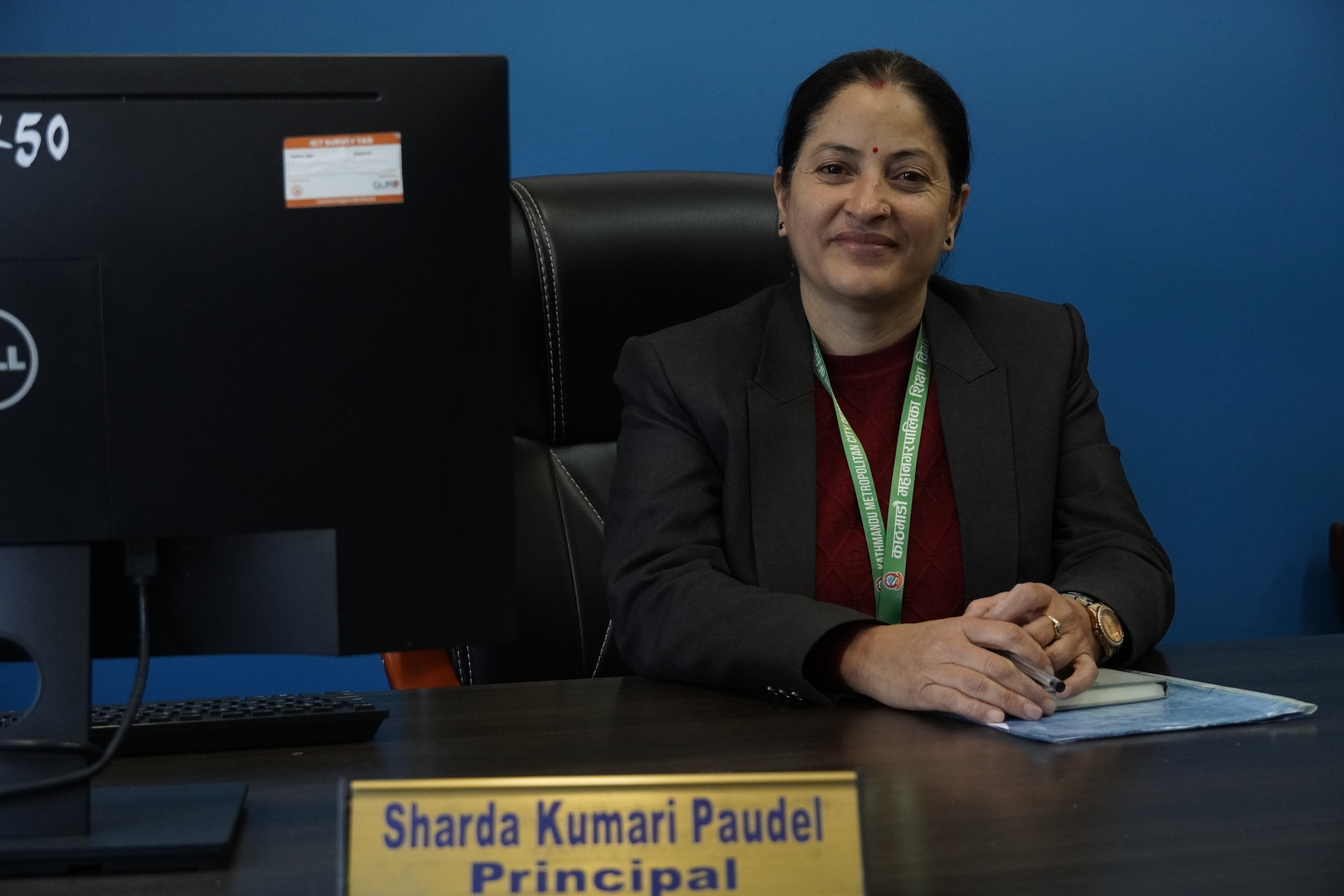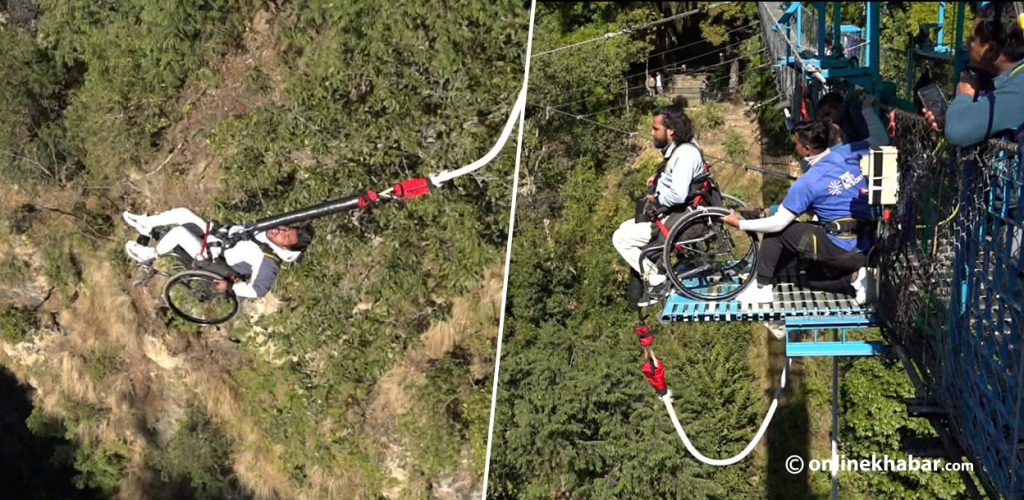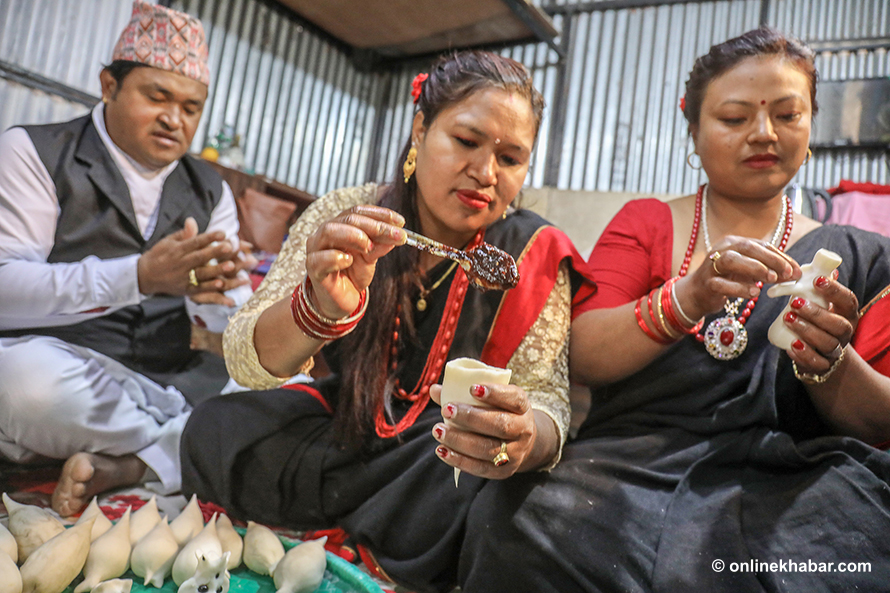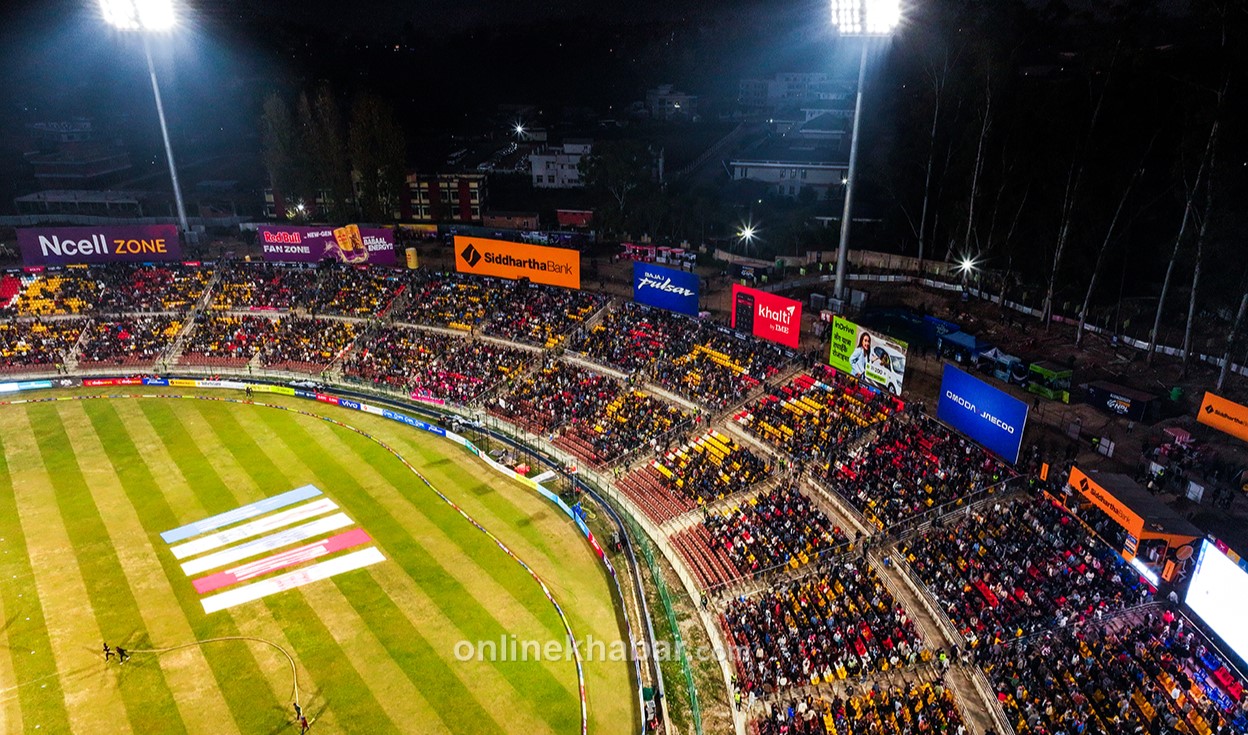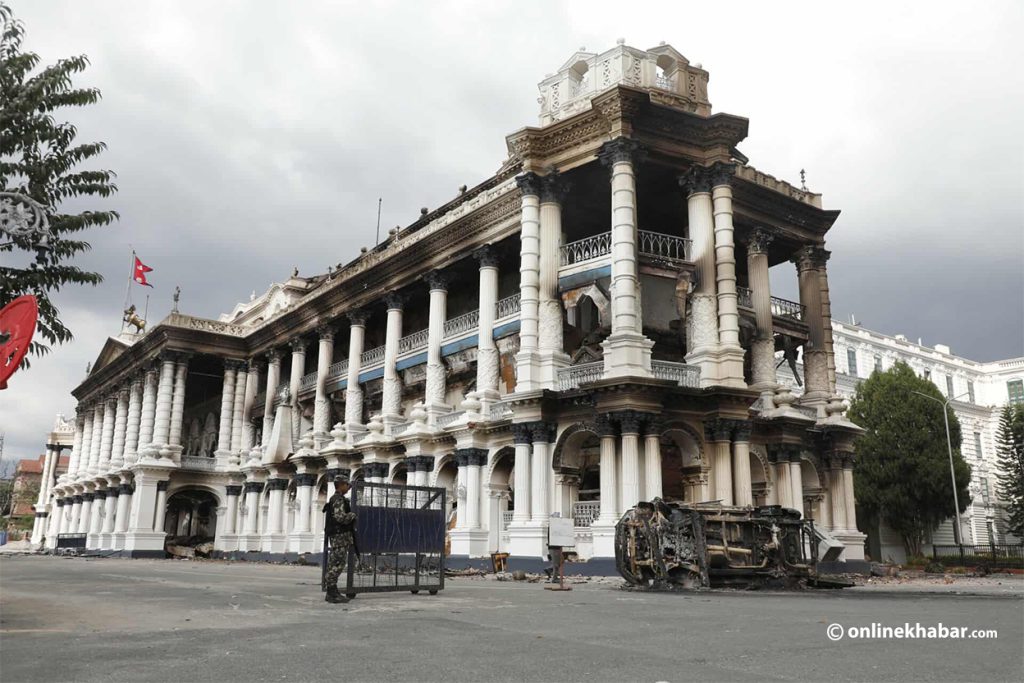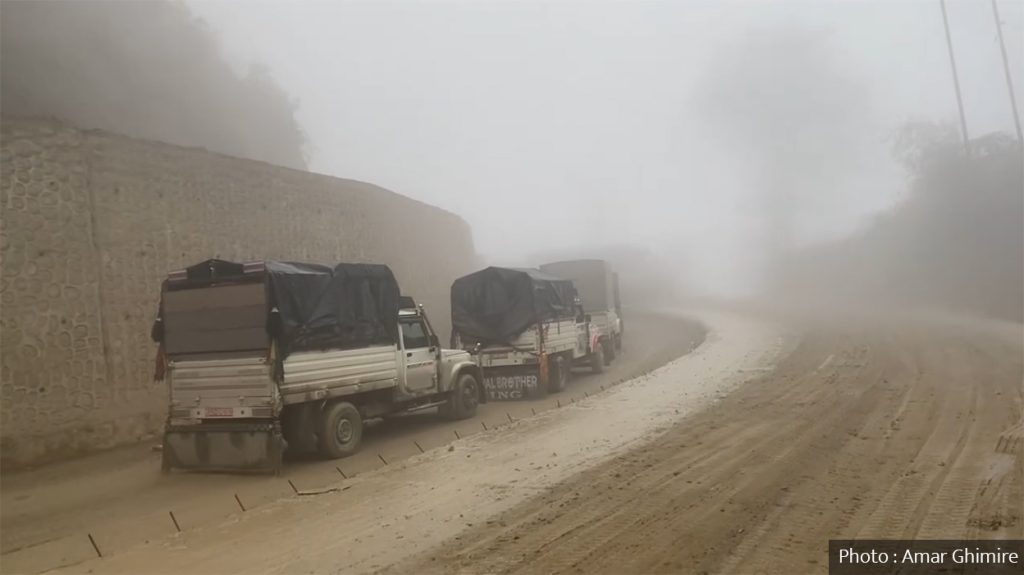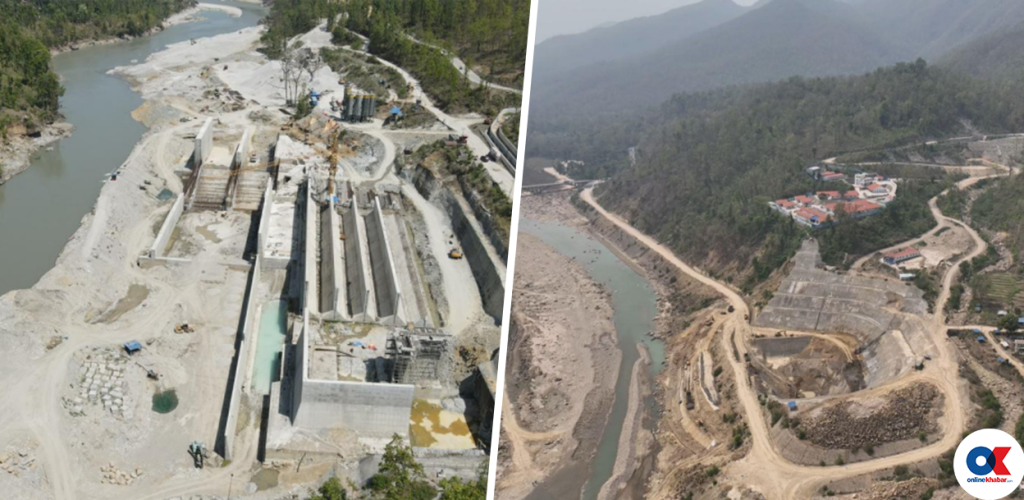
Kathmandu, July 25
As large swaths of agricultural land in Madhesh remain parched during the peak rice planting season, the government’s decades-long failure to complete key irrigation projects has once again come under sharp criticism.
The Cabinet recently declared eight districts in Madhesh Province disaster-affected due to prolonged drought. Yet, in the country’s main rice-producing region, over half the arable land still lacks irrigation, with farmers forced to wait for rainfall.
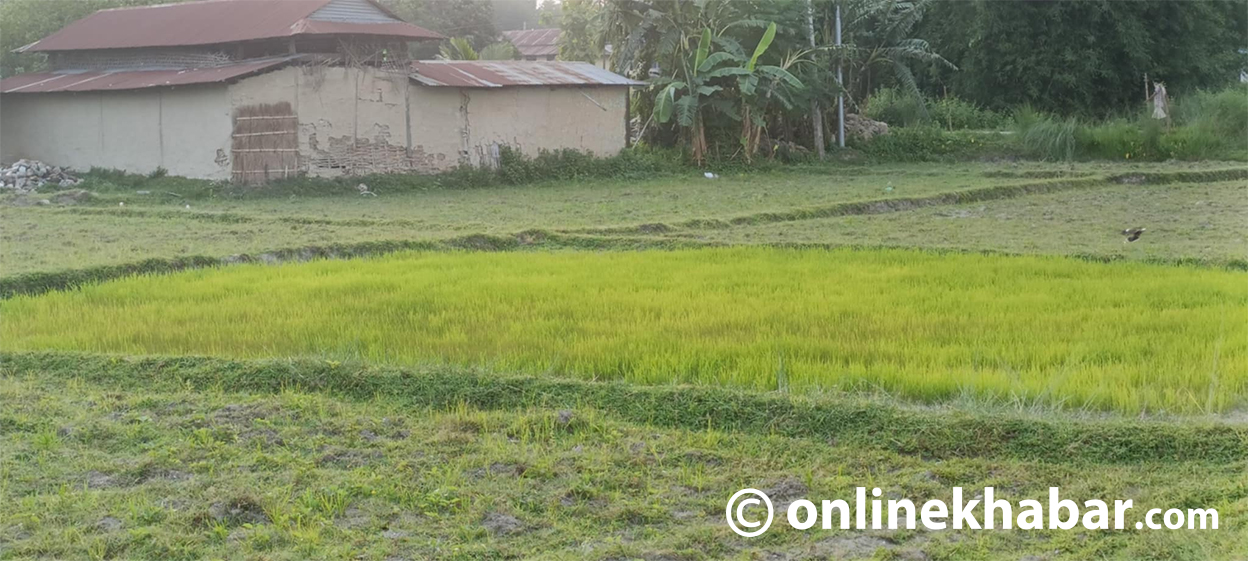
Despite successive governments pledging year-round irrigation, even flagship projects labeled as “national pride” have failed to deliver results. The stagnation of major schemes like Sikta, Bheri-Babai Diversion, and Rani Jamara Kulariya has underscored the state’s inability to ensure water security for its agricultural heartland.
According to the Economic Survey 2081/82 BS, only 62.28% of Nepal’s total 2.5 million hectares of irrigable land has irrigation access. Of the 3.5 million hectares of arable land, just 44.4% is currently irrigated.
Although the national budget has increased by an average of 13.6% annually over the past decade, the area of irrigated land has grown by just 1.5% per year—highlighting a major mismatch between resource allocation and impact.
This irrigation gap has now emerged as a national concern.
A closer look at delayed irrigation projects
Lawmakers in Parliament raised alarms this week over the drought’s threat to food security. Several MPs warned that merely declaring disaster zones is not enough and called on the government to stop politicising water distribution. Here is a list of delayed irrigation projects and what’s happening:
Sikta Irrigation Project:

Envisioned 50 years ago, Sikta is one of Nepal’s oldest national pride projects. Its pre-feasibility study was completed in 1975/76 with support from UNDP and the ADB. The project officially began in 2062/63 BS with the goal of irrigating over 42,000 hectares in Banke district. Initially estimated to cost Rs 7.45 billion and finish in 7 years, the cost has now ballooned to Rs 52.64 billion, with only 42% physical progress achieved as of March 2025. Completion has been pushed to 2089/90 BS.
Bheri–Babai Diversion Project:
A multi-purpose project designed to divert glacial river water year-round to mid-sized rivers and generate 46.8 MW of electricity. Initiated in 2071/72 BS after a 1998 feasibility study, it aims to irrigate 51,000 hectares in Banke and Bardiya. The project has seen just 67.5% progress, with Rs 36.8 billion in revised costs and a 2084/85 BS completion target.
Rani Jamara Kulariya Project:
Located in Kailali, this modernised version of a 120-year-old farmer-run system was designated a national pride project in 2066/67. It will irrigate 14,300 hectares and benefit over 140,000 people. The Rs 29.59 billion project is 76.1% complete and targeted to finish by 2085/86 BS.
Babai Irrigation Project:
Launched in 2045/46 BS with a goal to irrigate 36,000 hectares in Bardiya, the project is now 75.52% complete. Despite spending over Rs 13.43 billion of its Rs 18.96 billion budget, it is unlikely to meet its 2082/83 BS deadline.
Sunkoshi–Marin Diversion Project:
This project will divert water from the Sunkoshi River to the Marin River via a 13.3 km tunnel to supply year-round irrigation to 122,000 hectares across Dhanusha, Mahottari, Sarlahi, Rautahat, and Bara. Though the tunnel breakthrough was achieved in April 2025, overall progress remains low at 35.38%, with Rs 49.42 billion in total estimated costs.
Mahakali Irrigation Project:
Started in 2063/64 BS and upgraded to a national pride project in 2077 BS, this project in Kanchanpur aims to irrigate 33,520 hectares. With a revised budget of Rs 35 billion, its current progress stands at just 24.22%. Only 30 km of main canal and 12 km of branch canals have been completed so far.
What’s holding the projects back?
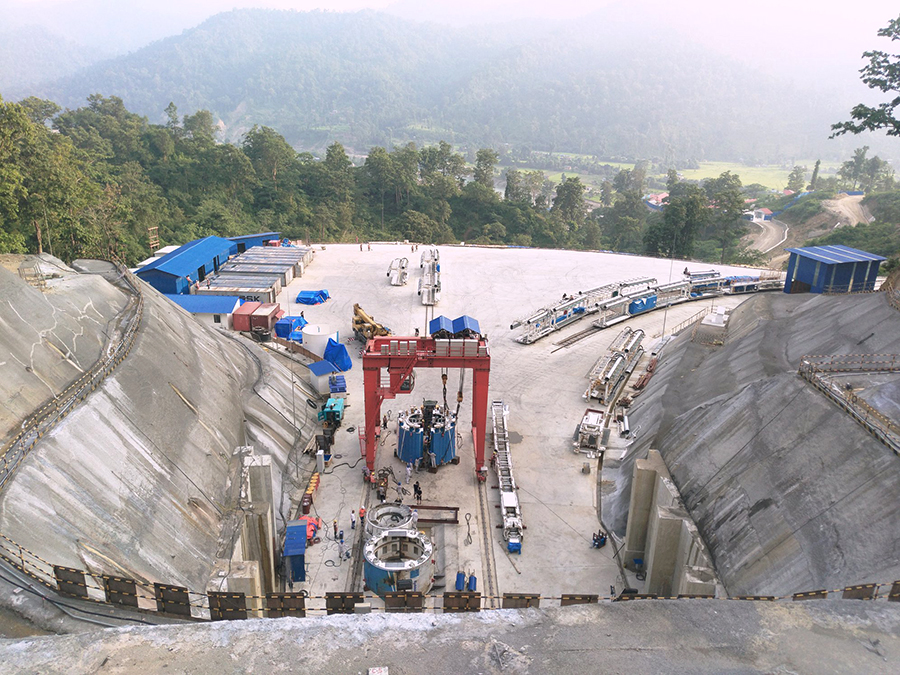
A high-level report led by former Finance Secretary Rameshore Khanal blames mismanagement, poor coordination, and slow implementation for the chronic delays in Nepal’s irrigation sector. The report warns that failure to complete large-scale projects on time is depriving farmers of long-promised benefits.
The commission has urged the government to allocate adequate budgets and expedite work on national pride projects like Rani Jamara and Babai. It also recommends expanding surface irrigation systems in high-potential areas and investing in water reservoirs and inter-basin water transfer systems.
While Nepal continues to boast about rising development budgets, the slow progress in irrigation paints a stark picture of mismanagement and misplaced priorities. As Madhesh waits desperately for rainfall, the question remains—how long will farmers have to depend on the sky when irrigation projects have already drained the nation’s resources for decades?






